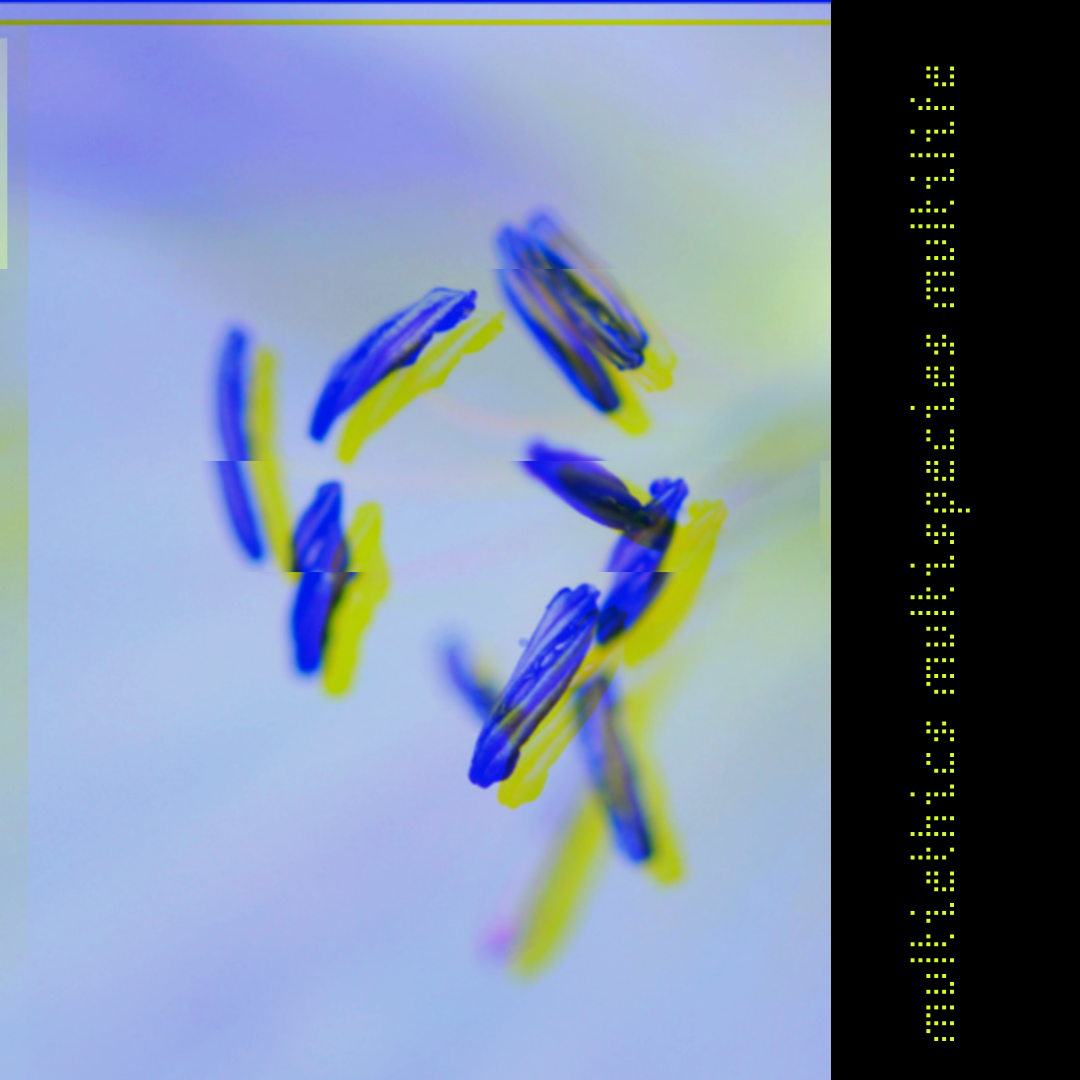
Carol Was
Artist Statement: Talking & Listening to Plants
Ever since childhood, trees have felt like old friends. Climbing our backyard cherry was where I could be found most of the time. If I wasn’t picking fresh mint or grape leaves for my grandmother, I was climbing. Sleeping next to a crackling campfire in the woods overnight in my younger days, listening to the creak and groan of limbs, swish and sway of leaves, hiking through stands of oak and hickory in the West Virginia mountains, or stepping down millions of years fossil hunting in the Ausable River Gorge at Rock Glen, Canada, have all given me a keener sense of kinship with the natural world.
I love observing how trees interact with each other, like the golden locust near our home that has grown an unusually long, forked limb toward a tall pine thats ready to topple. When it finally falls, it will be caught in the arms of the locust tree. I like to think the limb’s length intentional.
Organisms communicate through sound, vibrations, and chemicals, even using the web of fungi underground. While watching bulldozers and excavators dig a trench around a one-hundred-year-old beech tree, only to move it a few hundred feet, I felt the tree’s anguish, roots severed, torn from the soil. It was the last copper beech in our city, and died a slow death within two years. An environmental researcher, the late Dr. Karen Bakker once said, silence is an illusion. Most non-human sounds are beyond our audible sense, occurring in the ultrasonic or infrasonic range. The intuitive sense humans have with nature gave rise to my poem, “Moving the Beech.”
Most of my poems come to me unexpectedly, from earthworm to giant Sequoia, to Earth’s soft hum at sundown. The natural world tugs at my senses, and my pen. There is a commonality to all life forms that pulls us together, and makes us more alike than we think.
Carol Was grew up in Detroit, Michigan and studied at Wayne State University where she pursued Fine Arts, Poetry, and Education. She taught elementary school and spent summers counseling special needs children. While raising three children, she was a docent at Cranbrook Institute of Science preparing fossils, and was the Poetry Editor for The MacGuffin at Schoolcraft College for 25 years. Her poetry has appeared in such journals as the Gettysburg Review, Southern Review, Natural Bridge, and many others. She’s been nominated for Pushcart and Best New Poets. Carol walks miles every day.

